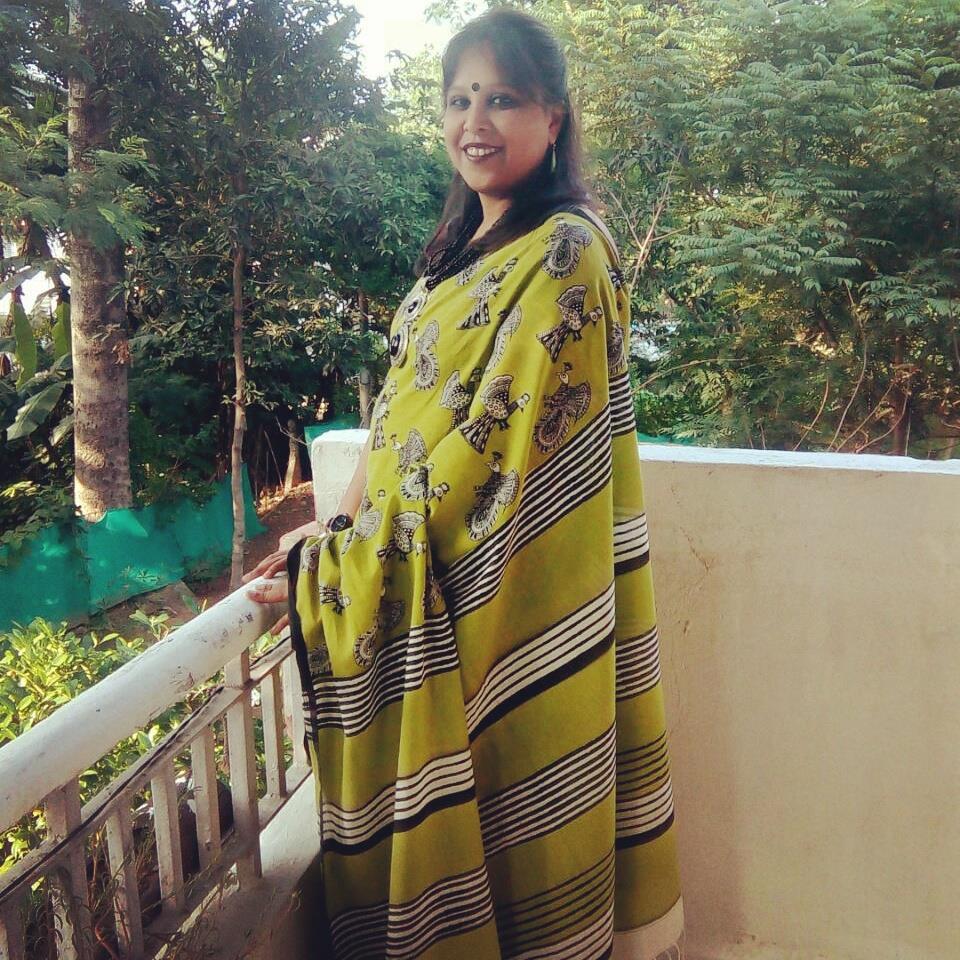Of women in the family
45/100
It is hard to tell a 100 stories. It is harder when you are not a born weaver of tales. It gets even tougher when people around you are weaving masterpieces. But Anju’s post yesterday on the interview for a magazine in Braille inspired me to try and weave every saree into a story. As I read in one of the comments on the thread…we have no idea whose lives we might be touching by our simple tales.
This post is dedicated to my dida(nani)…thamma (dadi)…mamuni (bua nani)…my mother, my mother in law and to all those people in my extended family who I am yet to see in any other garment than the most humble of sarees. My dida and mamuni are both in their late seventies and since I was a toddler I remember seeing them in soft , white and unstarched taant sarees draped in the Baangali style with the customary chabi ka gucchha tied to the end of the pallu and go about their daily chores of lighting the chulha just before dawn to warm up water for the twenty odd joint family members in a huge dekchi and putting an aluminium vessel on the stove simultaneously to make tea for the family. A majority of their time was spent in the kitchen and whatever spare time they had would be spent in making pickles and daal badis on the terrace of the house. All those colourful stains evidently showing on the stark white sarees.
My mother graduated from skirts to sarees at a very tender age . As she had a lean and tall frame the neighbours probably pointed this out to my dida who promptly bought a few sarees and my mother started draping them to college where they had to cross the railway line sometimes to reach the university some eight kilometres away on foot. In Kolkata I have seen a lot of schools have the saree for a uniform till date.
My MIL’s story is even more interesting. She was born and brought up in Nairobi as her father worked in the police department there. She was the second among six sisters. They were always dressed in smart skirts and trousers and midis as I have seen them in the old family albums. But once their mother expired they all returned to India on the lookout for suitable husbands for the sisters. My MIL took up a teaching job and in those days the saree was compulsory for all teachers. She has never worn any other garment ever since.
This is where my love for the saree may be rooted. I am honoured to have these ladies in my life. And this is a tribute to them who go about their daily lives and chores in the six yards as if it was their second skin.
The saree is a leaf green Bailou with peacock motifs in black in madhubani style printed on it. Wore it for the monthly ladies club yesterday.

